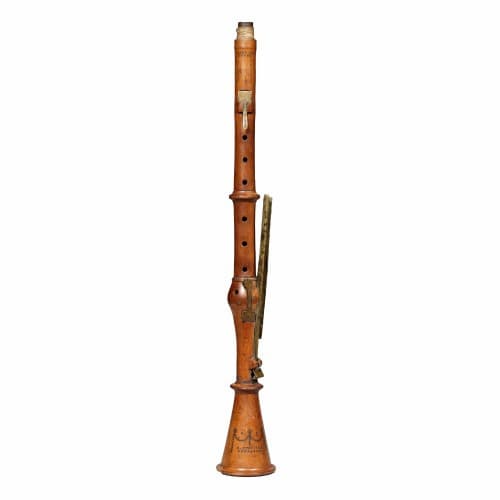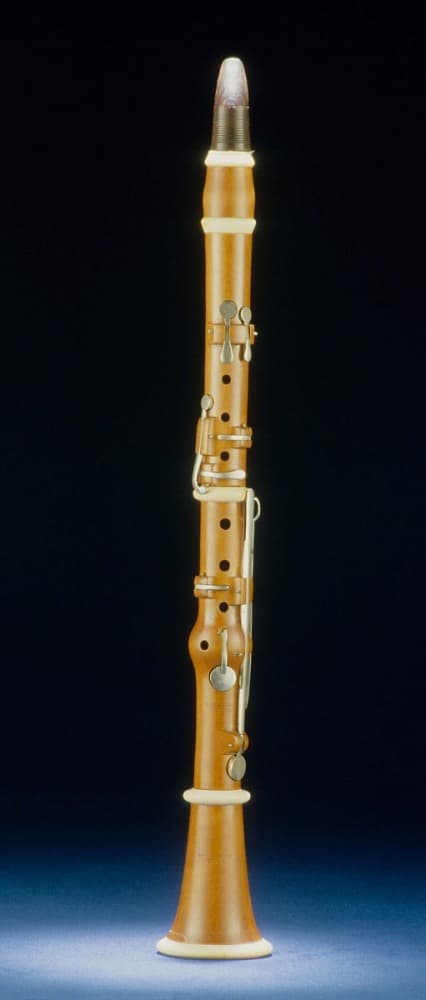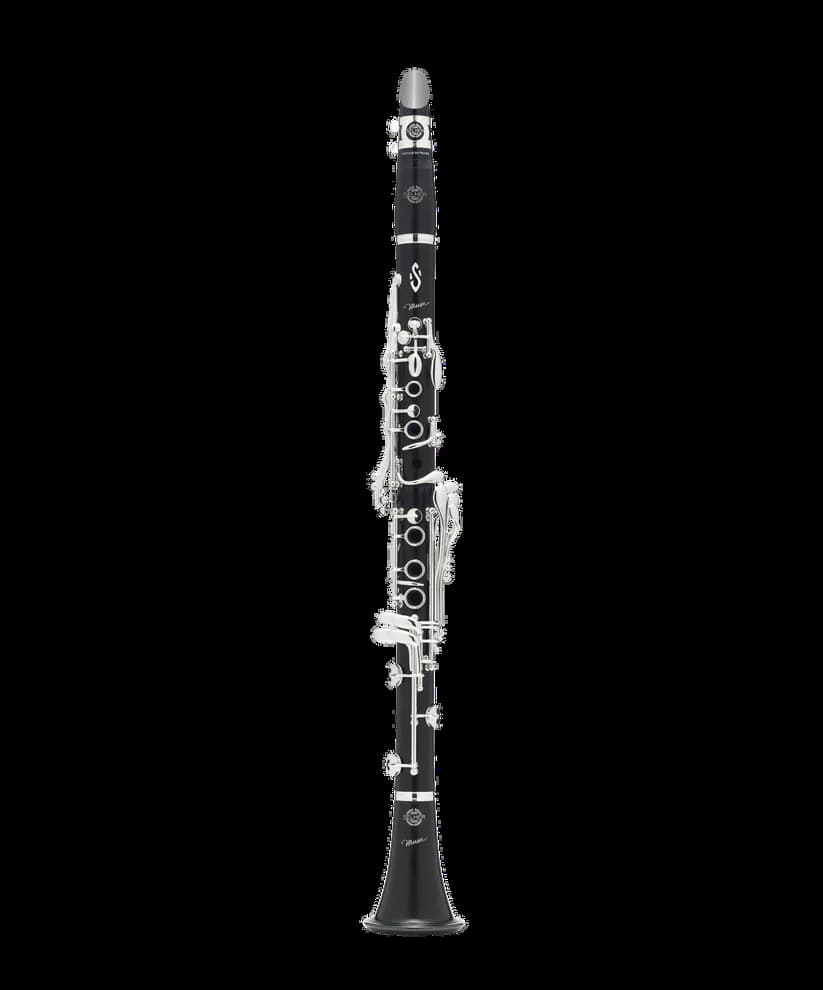Carl Maria von Weber (1786–1826) was much more than just the composer of an opera. In Hans Pfitzner’s memorable phrase, ‘Carl Maria von Weber came into this world to compose Der Freischütz’, which may be true, but he was so much more than that. In addition to his operas (10 of them), he also composed a great deal of music that was important in the development of instrumental music in the Romantic period.

Caroline Bardua: Carl Maria von Weber, 1821
He was a friend of the virtuoso clarinettist Heinrich Baermann (1784–1847). When his skills came to the notice of Prince Louis Ferdinand of Prussia, he hired the 20-year-old clarinettist and sent him for training in Berlin. From 1807 to 1834, he played in the court orchestra of Munich.

Heinrich Baermann
While Baermann was perfecting his technique, the clarinet was undergoing its own line of improvements: new keys were added, and a new embouchure technique of playing with the reed on the bottom lip rather than on the top lip helped improve the performance of the instrument. Baermann’s instrument had ten keys rather than the usual five, which permitted him a greater ease in playing chromatic lines.

5-key clarinet, ca 1800 (Sigal Music Museum)

10-key clarinet, ca 1810 (Smithsonian Institution: National Museum of American History)

Modern B flat clarinet, 2023 (Paris: Selmer)
Weber was a friend of Baermann’s and wrote ten works for him, some of which they performed together on stage during Bauermann’s concert tours around Europe.
The Clarinet Concerto No. 1 was written in May 1811 and was being performed on stage by June of that year. Weber’s diary records ‘“Baermann blew capitally, his reading left nothing to be desired. It was also excellently received’. Although Weber compliments Baermann, Weber’s music was also responsible for his success.
There’s much about the first movement that drags us into the world of opera, six of which he’d already written and four of which had been staged. The introduction in dotted rhythms in the strings is followed by the solo clarinet in a flowing theme. The contrast between melody and near-recitative brings the world of opera closer.
Carl Maria von Weber: Clarinet Concerto No. 1 in F Minor, Op. 73, J. 114 – I. Allegro (Fabio Di Càsola, clarinet; Russian Chamber Philharmonic, St. Petersburg; Juri Gilbo, cond.)
The second movement, a lyrical slow movement, fully exploits the colours of the clarinet through contrasting moods, ‘from dark melancholy to unbridled merriment.’ In another link with opera, the clarinet’s lyrical vocal sound comes to the fore.
Carl Maria von Weber: Clarinet Concerto No. 1 in F Minor, Op. 73, J. 114 – II. Adagio ma non troppo (Fabio Di Càsola, clarinet; Russian Chamber Philharmonic, St. Petersburg; Juri Gilbo, cond.)
The final movement, an Allegretto Rondo, starts off with the clarinet in fiery roulades, interrupted by the full orchestra. Throughout, the clarinet line gets more and more virtuosic, as should occur in a final movement. The brass instruments have a great presence in this movement.
Carl Maria von Weber: Clarinet Concerto No. 1 in F Minor, Op. 73, J. 114 – III. Rondo: Allegretto (Fabio Di Càsola, clarinet; Russian Chamber Philharmonic, St. Petersburg; Juri Gilbo, cond.)
A great composer working with a great performer resulted, in this case, in pieces that not only exhibited the talents of each party but also went on to influence other performers and players.
For more of the best in classical music, sign up for our E-Newsletter
